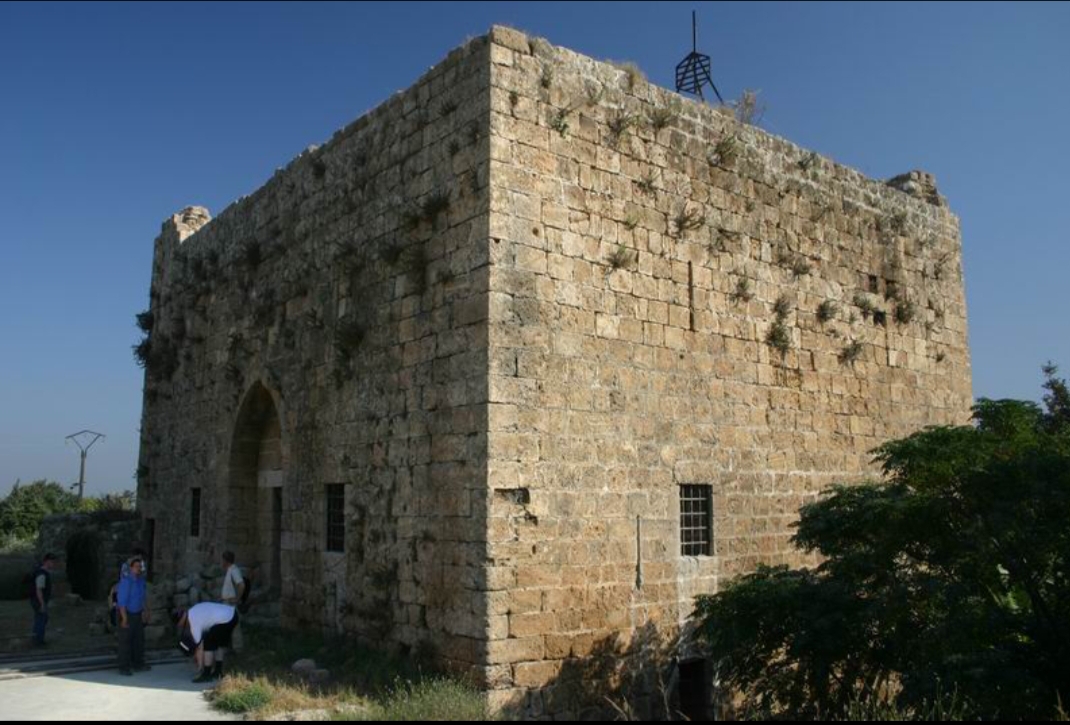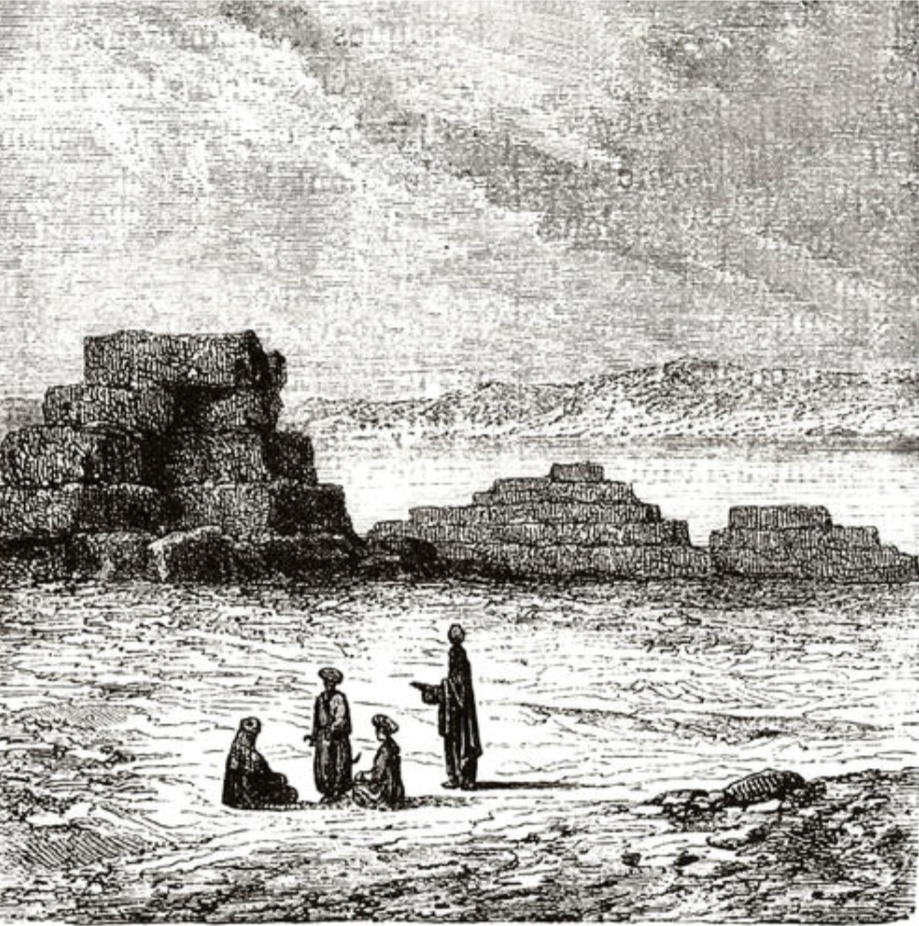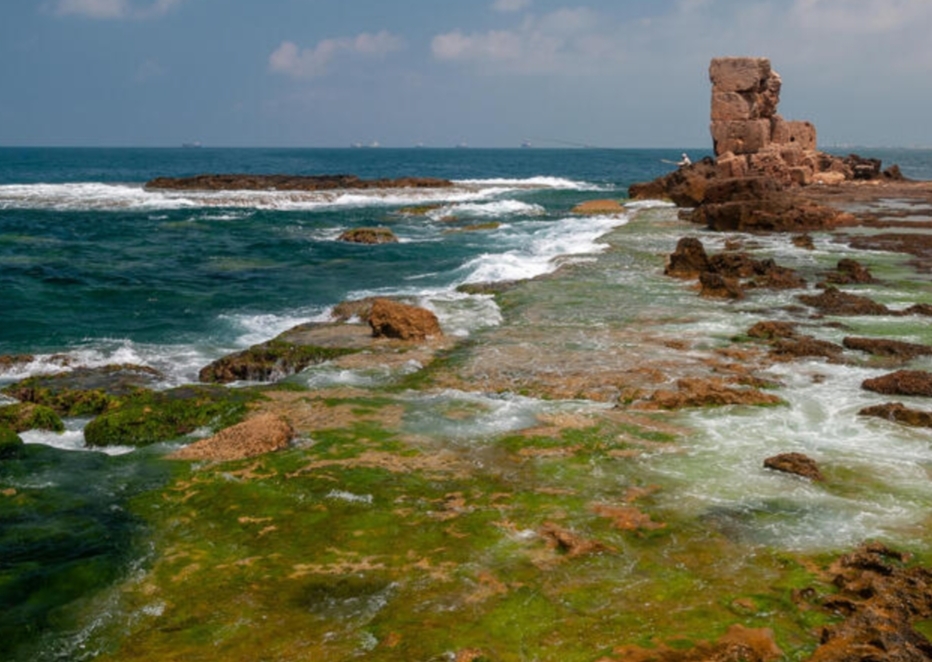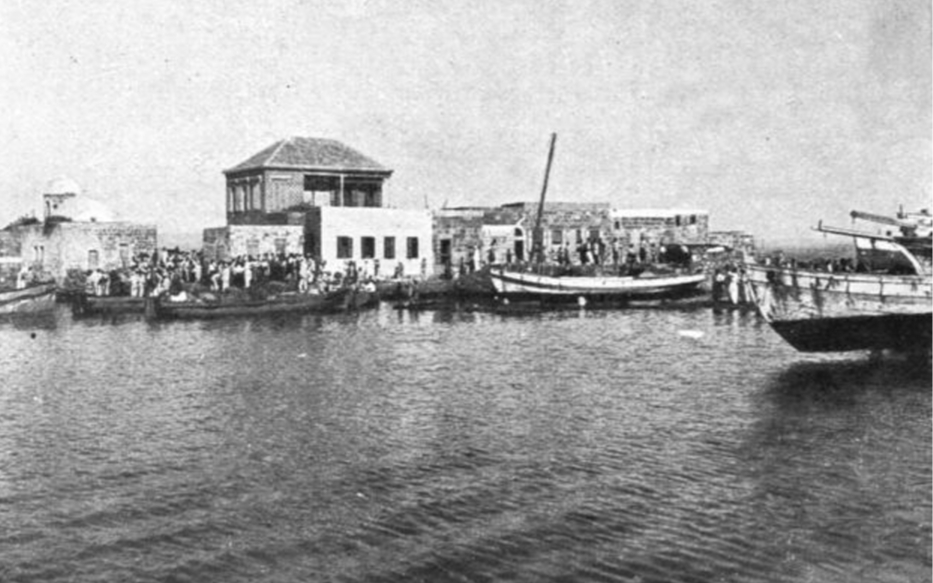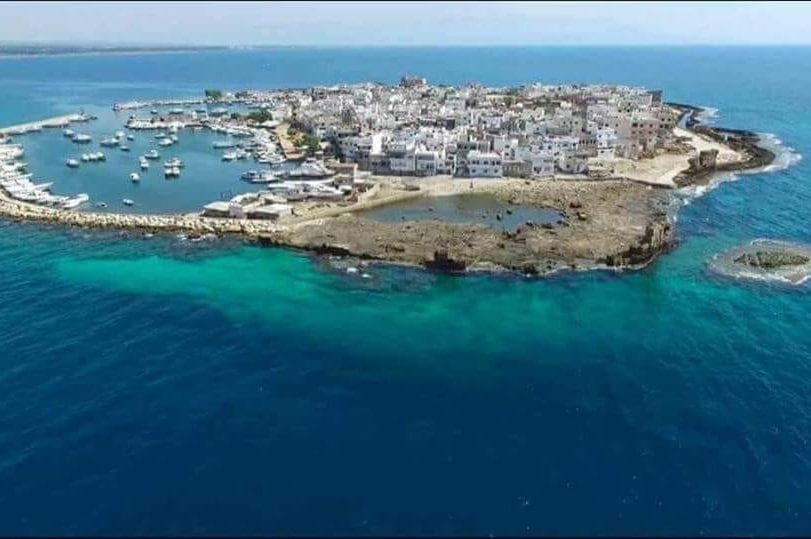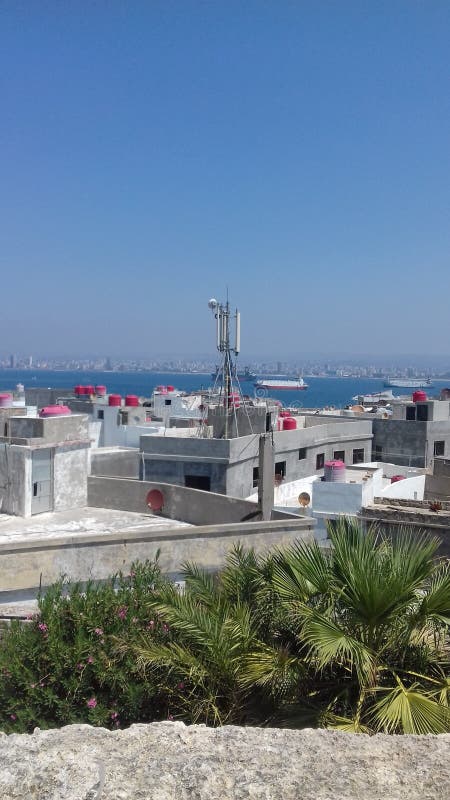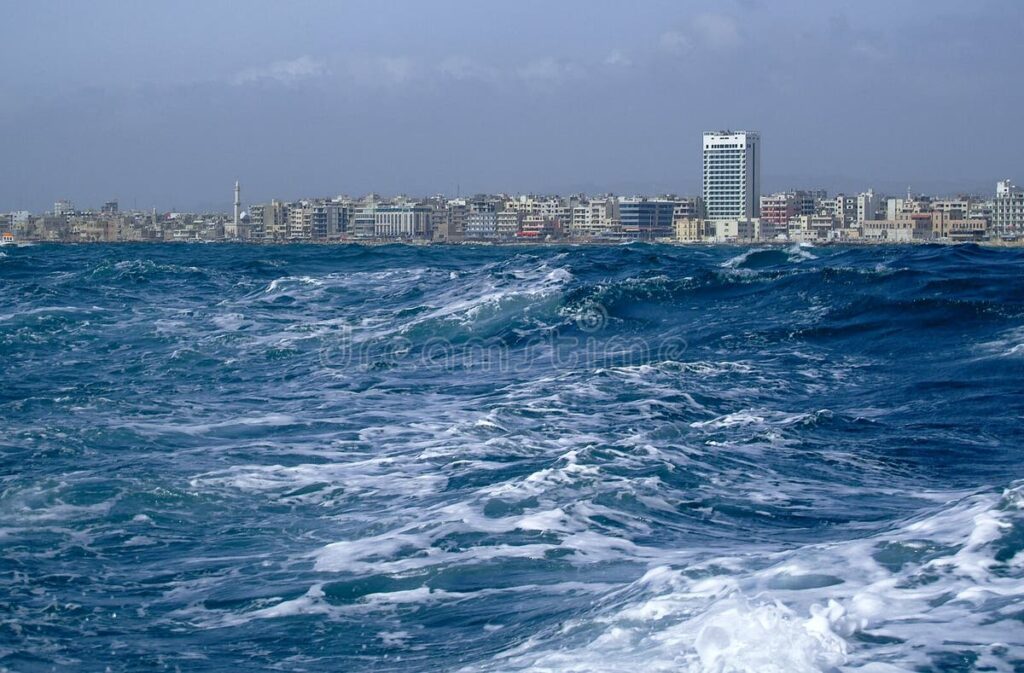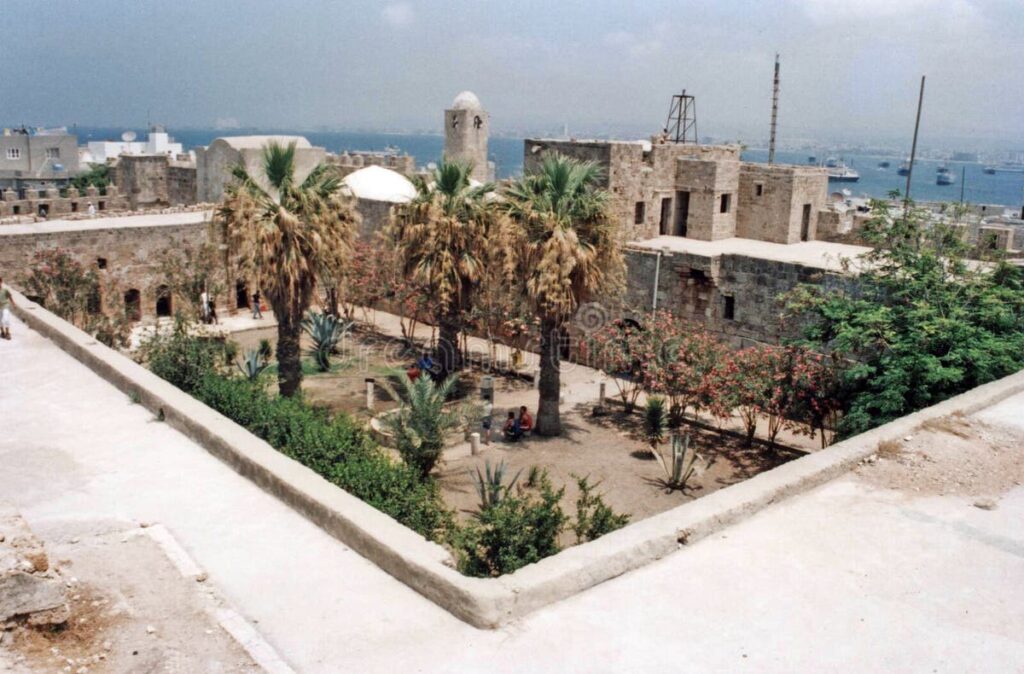The Phoenicians, originating from the city of Sidon, established the settlement of Arwad on the island as a means of protection from external threats. They also founded a complementary settlement on the mainland coast, known as Amrit, which served as a commercial hub with neighboring regions. Arwad possessed a formidable naval fleet, referenced in the Amarna Letters, particularly during the alliance between Arwad, Sidon, and Beirut against the king of Byblos, who was allied with Thutmose III, the ruler of the Nile Valley.
Subsequently, Arwad came under Assyrian dominion and paid tribute in ivory and timber to its kings until it was fully annexed. It later fell under Neo-Babylonian control, followed by incorporation into the Achaemenid Persian Empire as part of its fifth satrapy. After the Battle of Salamis in 480 BCE, Arwad became the Persian naval base on the Mediterranean, as recorded by Herodotus.
In 333 BCE, Alexander the Great conquered the island; its king, Gyrusstratus, surrendered the keys to him. Arwad experienced a brief period of autonomy during the Seleucid era, especially when their assistance was required against the Ptolemies. The Romans subsequently occupied the island in 64 BCE, during which time Tartus rivaled its prominence. Following the Romans, the Byzantines ruled Arwad until it was liberated by Muawiyah ibn Abi Sufyan in 64 CE.
Control of Arwad oscillated between the Arabs and Byzantines until the Knights Templar of the Crusades seized it, only for it to be retaken by the Arabs in 1303 CE. The last Crusader soldier left the island during the Ottoman occupation, during which it served as the base for a Turkish military commander. The French occupied Arwad in 1915.
Notably, the inhabitants of Arwad procured fresh water through two main methods: collecting rainwater via cisterns on rooftops and sourcing from a freshwater spring that emerges within the seawater.
Conservation status: The site is well preserved.

